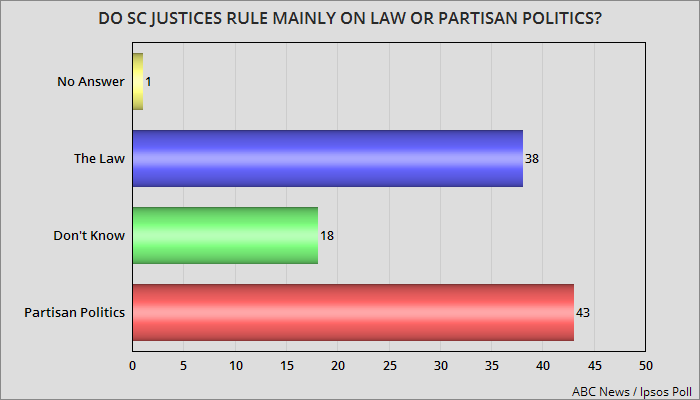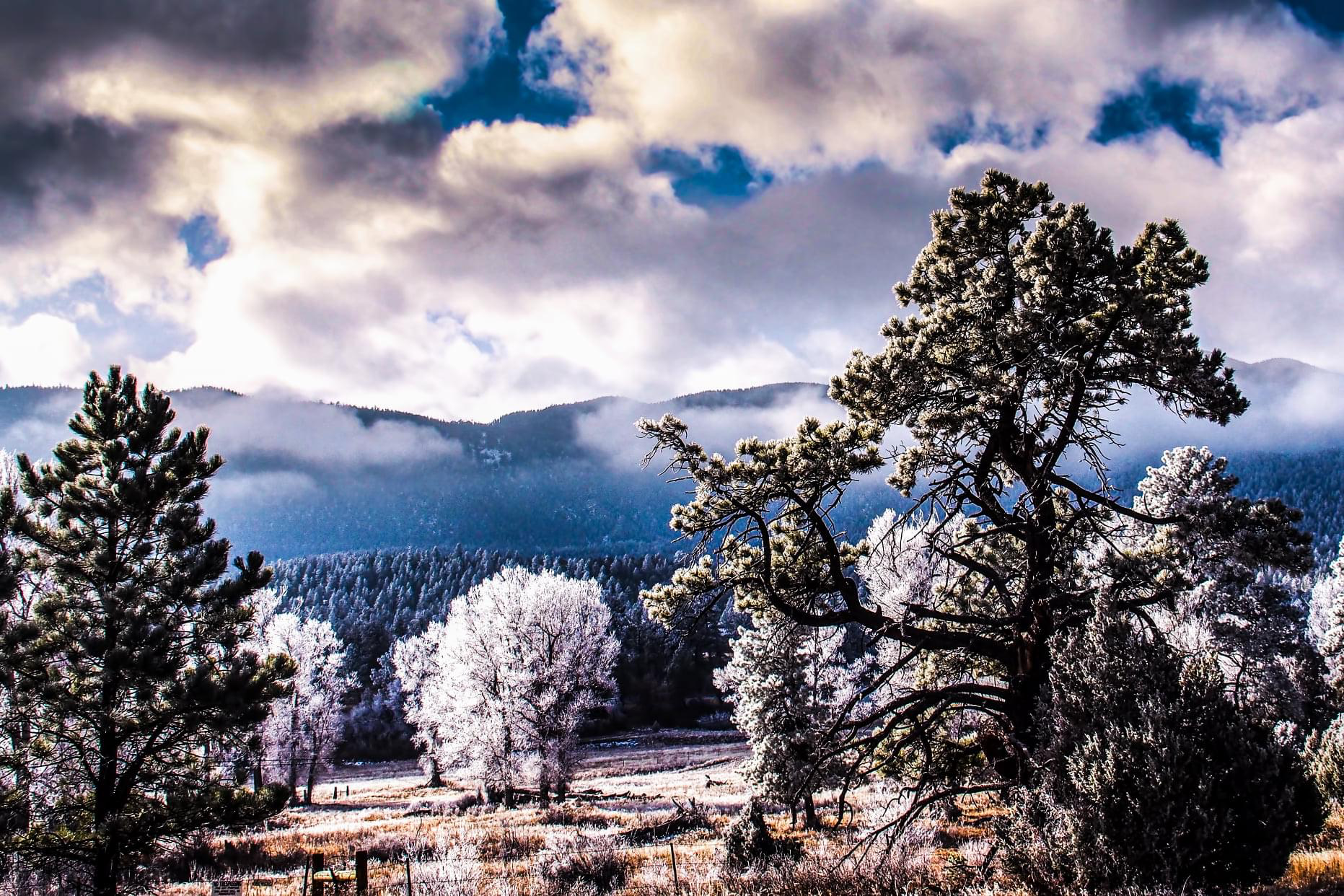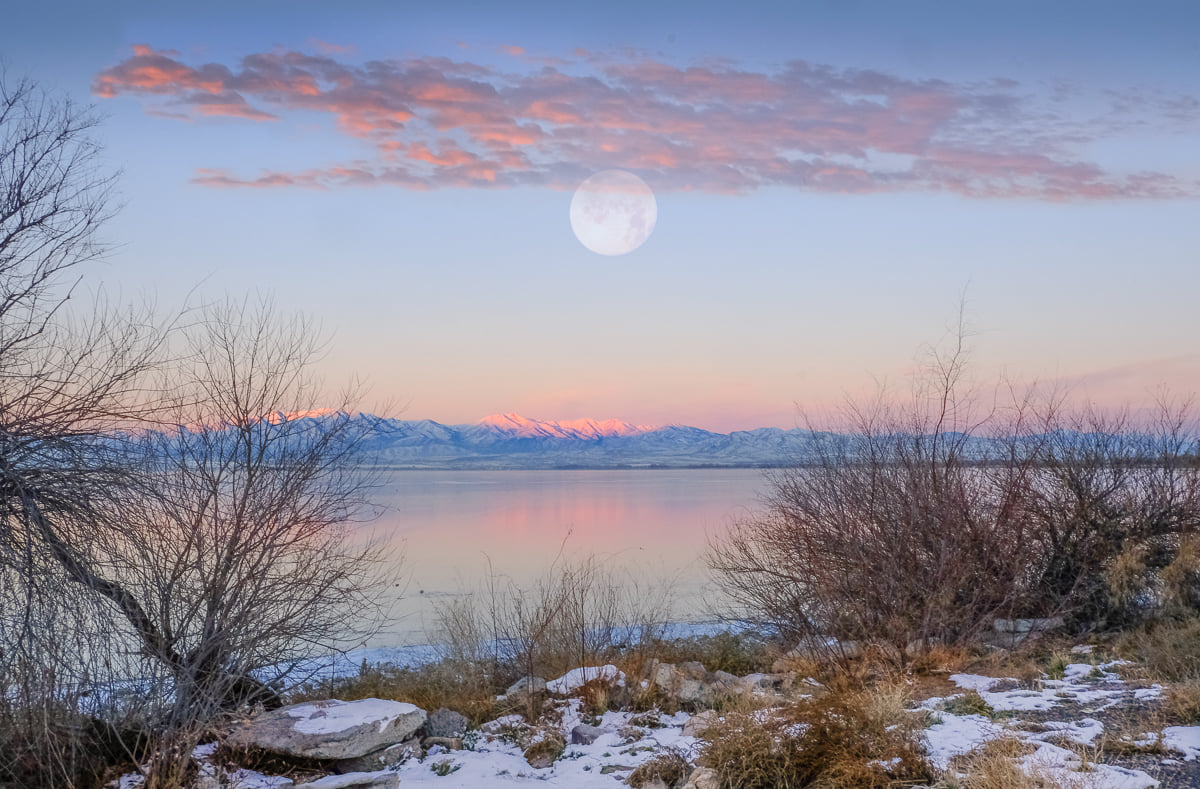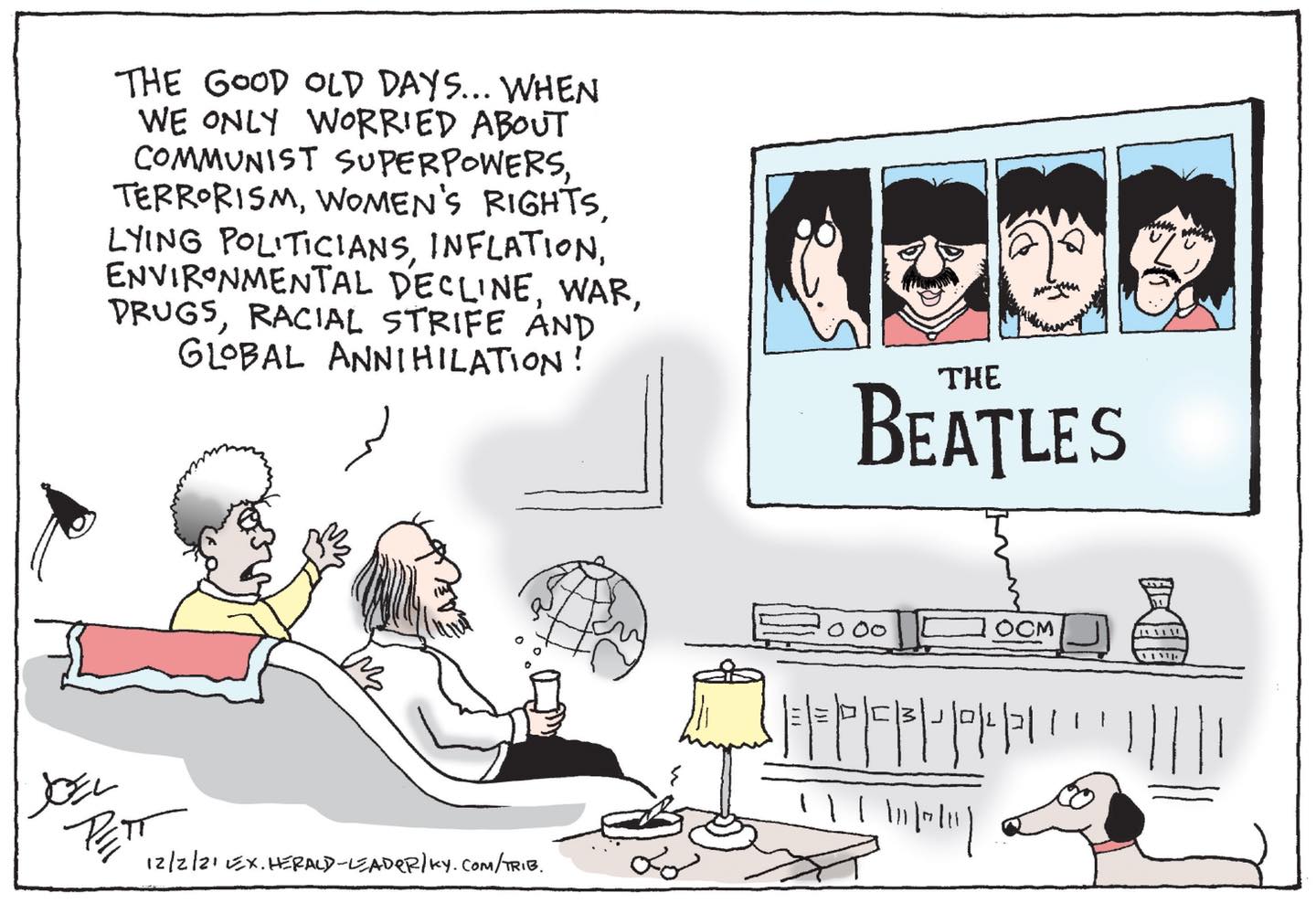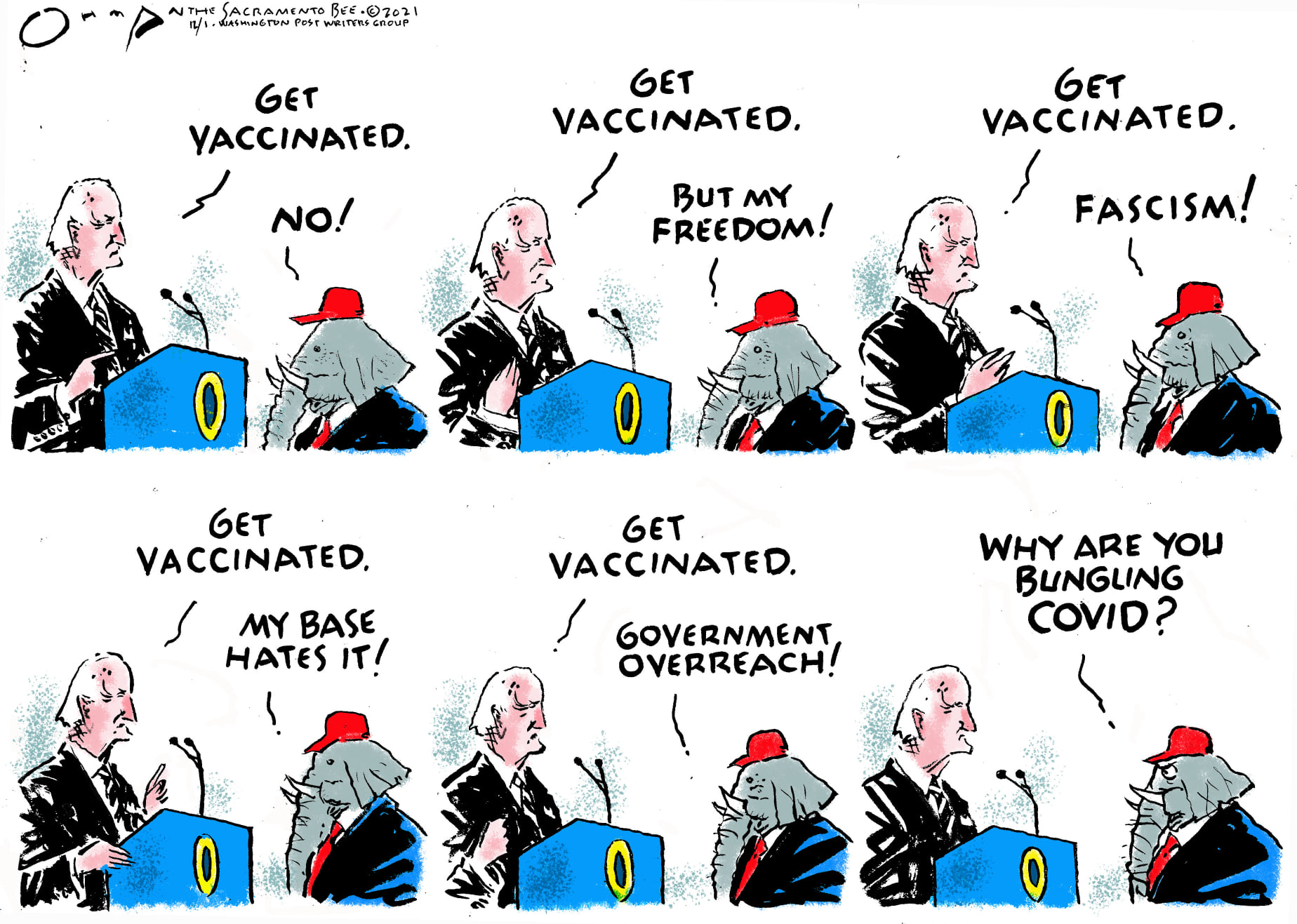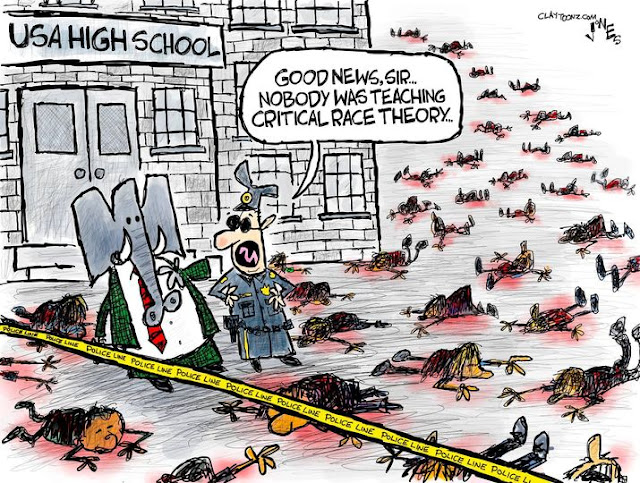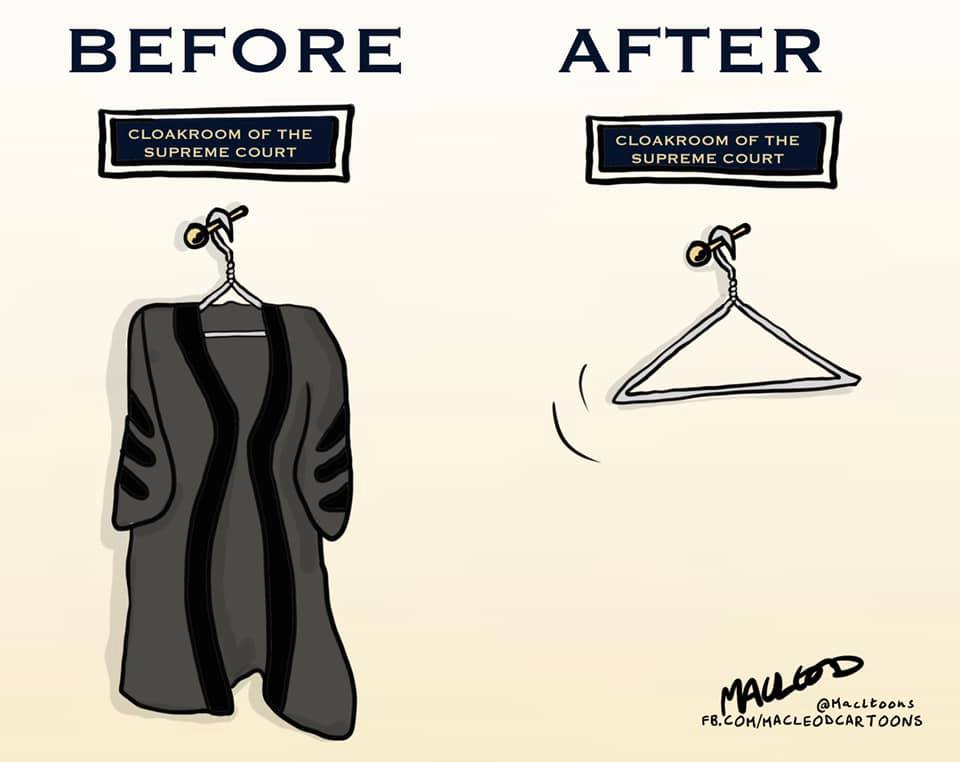The Daily Escape:

Delicate Arch, Arches NP – 2022 photo by Nannette White
(The hosting service for the Wrongologist continues to have intermittent problems with the RSS feed that sends subscribers an email version of the column in the morning. Please go to the website to see earlier columns.)
The tense standoff between Ukraine and Russia took an ominous turn towards war when, as Wrongo forecasted on Feb 14, Putin recognized the independence of the two breakaway eastern Ukraine provinces:
“Wrongo has no crystal ball but thinks that Russia will formally recognize Ukraine’s disputed Eastern provinces of Donetsk and Luhansk as independent states….But Ukraine doesn’t recognize these provinces as independent….Ukraine could be lured into trying to regain control of both provinces. At that point Russia would help defend them against Ukraine, most likely assuring that they would remain independent, although still technically part of Ukraine.”
Putin also said that he was ordering “peace-keepers” into both provinces. That effectively blunts most military responses that Ukraine might attempt.
One way to look at the situation is that Putin didn’t “invade” Ukraine. Instead, using this pretext, Russia is prepared to fight on behalf of two independent Republics who asked for Putin’s help. By recognizing Donetsk and Luhansk, Putin is following the model of how Western nations handled the 1990s breakup of Yugoslavia into three separate republics, ending communist rule in the nation.
This is a watershed moment for European security. Russia has dared Ukraine and the West to attack the breakaway provinces in the face of Russia defending them. The absolutely central question is: What aid and comfort are NATO and the US going to give Ukraine?
Biden has announced what he called the “first tranche” of sanctions on Russia, targeting two Russian banks, VEB and Russia’s military bank, along with the country’s sovereign debt. That means Russia can no longer raise money from the West and will not be able to trade its debt in US or European markets.
Biden also said sanctions on Russian elites and their families members would be rolled out starting tomorrow.
Wrongo doubts that Russia will move significant numbers of its forces into the two “independent” regions unless Ukraine attempts to re-occupy them. If Ukraine does that, it’s likely that a general war between Ukraine and Russia will begin.
Americans (specifically Republican chicken hawks) should remember that eastern Ukraine is very remote in logistical terms. Even if the US wanted to help defend Ukraine’s east, the logistics of movement and supply would be absurdly difficult.
We should immediately implement our strongest sanctions. Biden shouldn’t meet with Putin, although Blinken and Lavrov should meet. Diplomacy should determine if recognition of Donetsk and Luhansk is what Putin will settle for. If so, the task is to see if Ukraine would be fine with that. If both agree, so should the West and the US.
One thing NATO could do is close the Bosphorus, the narrow straits between the Black Sea and the Mediterranean Sea. NATO member Turkey controls access to the Bosphorus under a 1936 treaty called the Montreux Convention. In wartime, Turkey is authorized to close the straits to all foreign warships. It can also refuse transit for merchant ships from countries at war.
Turkish President Recep Tayyip Erdogan recently has emphasized his support for Ukraine. Erdogan has said Turkey will do what is necessary as a NATO ally if Russia invades, without elaborating. But Turkey is also reliant on Russia for energy and tourism. It has forged close cooperation with Moscow on energy and defense, even deploying Russia’s S-400 missile air defense system.
Imagine the pressure on Putin if Russia couldn’t send warships or merchant ships through the Bosphorus so long as the Ukraine crisis is hot.
In effect, Ukraine lost its Eastern territories along with Crimea, eight years ago. If Russian forces now start patrolling the line of contact with the new “Republics”, that will probably end the shooting. People on both sides of the border could then get back to a more normal life.
It would still leave an unstable Eastern Front for NATO and an unstable Western Front for Russia. That is something diplomacy could work on solving. Russia would have to deal with a Western-facing Ukraine integrating even more deeply into the EU. NATO would remain in Eastern Europe from the Baltics to the Balkans. NATO would then have a true mission, rather than floundering around without purpose.
Putin won’t be totally happy with this. But right now, he isn’t getting his demands met, even though he has more than half of his army on the Ukrainian border.
Let’s close with a tune. Here’s 1974’s “You Ain’t Seen Nothing Yet” from Bachman Turner Overdrive, because in Ukraine, you ain’t seen nothing yet:


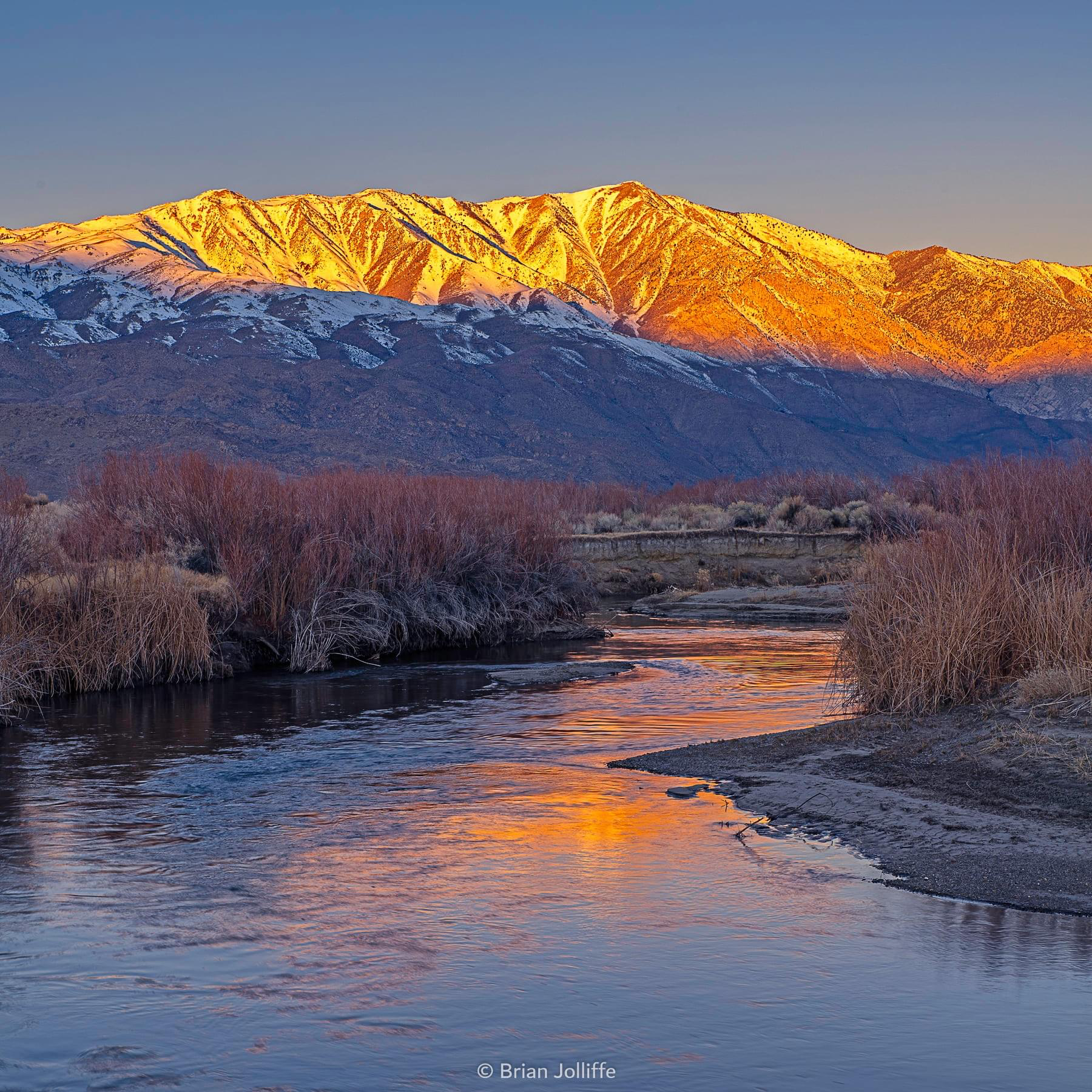
 Valley of Fire SP, NV – January 2022 photo by
Valley of Fire SP, NV – January 2022 photo by 